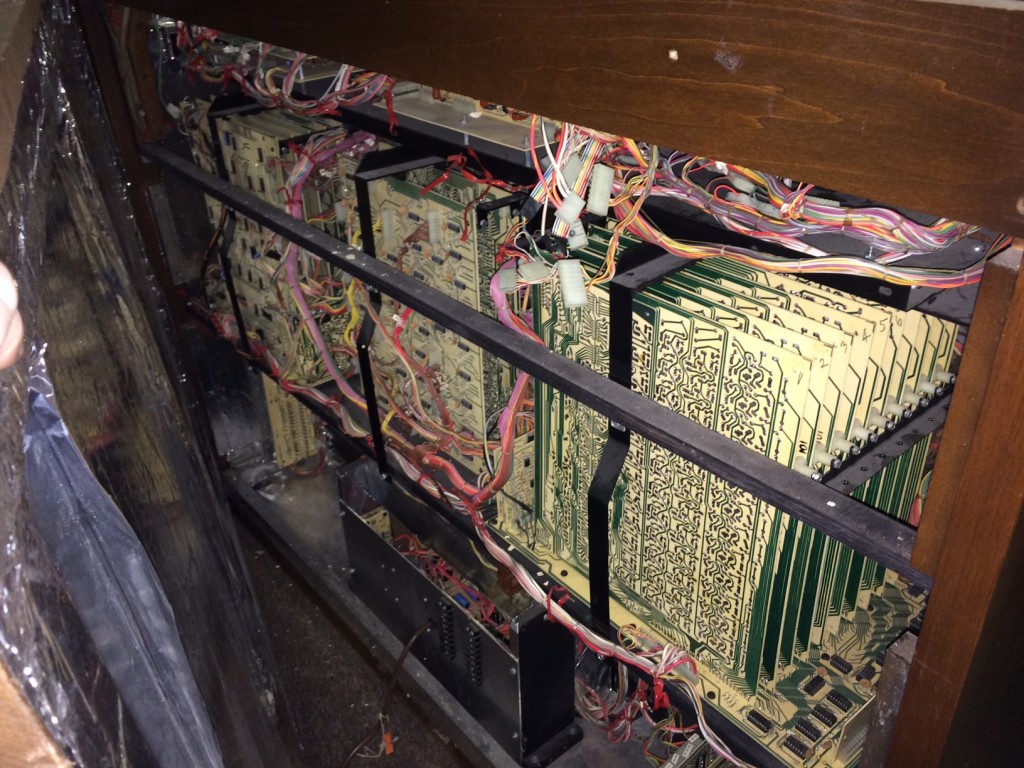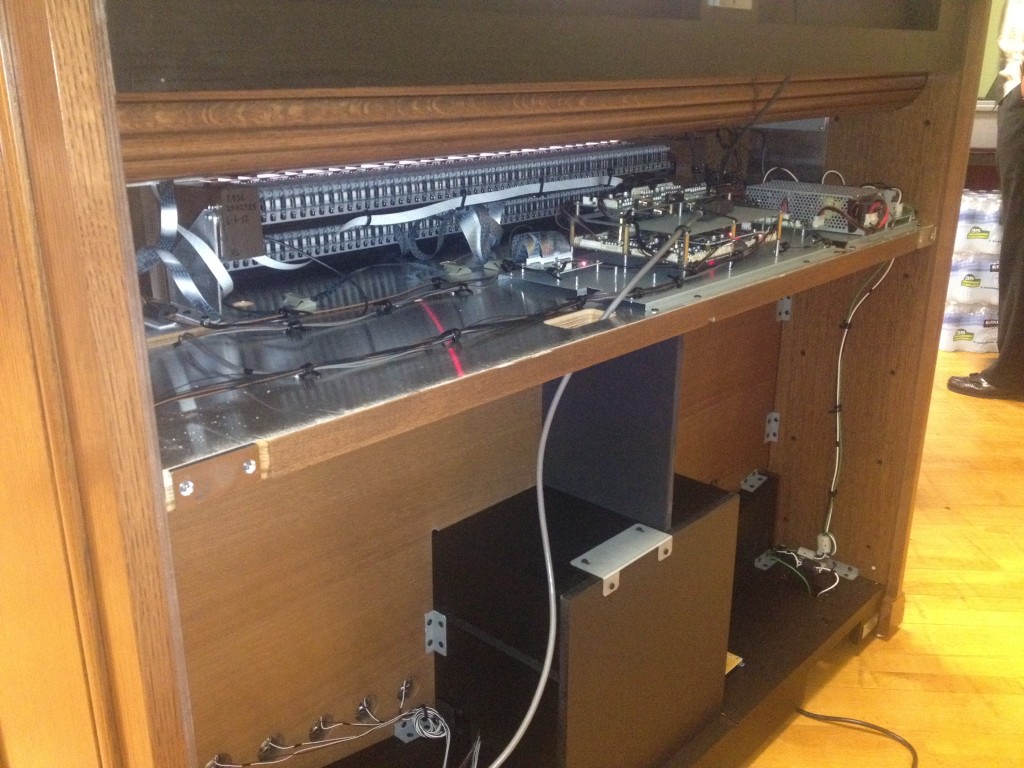The past twenty years have been full of changes in the world of organ music. The widespread incorporation of contemporary worship has made its way into churches everywhere, alongside more traditional hymns and anthems. Even though we all have our own preferences, the instruments available today are designed to be at home with virtually anything you put in front of them.
Likewise, in the home, there has been a quiet but steady resurgence in the contemporary organ as a recreational music-making instrument. The drawbar and orchestral organs of years past are once again becoming in vogue, with hundreds more voices than in past, giving you the ability to experience a myriad of different styles.
In addition to the greater flexibility these instruments possess, their reliability has increased tremendously. The desire for the most realistic sound possible has driven digital organ manufacturers to constantly stay on the edge of technological innovation. If you’re considering repairing an older instrument, take just a few moments to read this article to understand how the digital organ has progressed, and what to expect when it comes to making repairs.
The Quest for Realism
Back in the 50’s and 60’s, when digital manufacturers were just getting their start, the first few electronic organs were relatively simple: they were easy to operate and repair if something went wrong. These organs used tubes, much like the amplifiers of the 50’s and 60’s to produce their sound. If a tube burnt out, it was easily removed and replaced. These organs were, for the most part, quite reliable. However, that came at the expense of realism.

Interior of a Baldwin Model 635 organ. From circa 1980, at the pinnacle of hardware-based organ design.
Over time, the demand for more realistic-sounding instruments persisted. More and more hardware was added to produce greater levels of realism, and as a result these instruments became more and more complex, as you can see in the picture of this Baldwin Model 635 organ, above. The added complexity resulted in a more realistic tone, but also increased the complexity of repairs, and the possibilities of what could go wrong. The instruments that were built in the 70’s and 80’s are now beginning to show problems. Unlike the instruments built in the late 50’s and 60’s that are relatively easy to repair, these instruments carry with them an enormous potential for ongoing repairs. It was never the intention of the manufacturer for that to be the case; they were simply doing the best they could with what technology could allow.
A New Era
With the birth of the personal computer in the 1990’s, a device that could truly THINK for itself with dynamic software and coding, digital instruments began to become less dependent on hardware and more dependent on software, which in turn helped to increase reliability. While physical hardware could age and parts could go bad, software was absolute; modifiable, but not designed to change on its own, and not subject to the effects of decay over time. These very first few computer organs began to appear on the music scene in the late 80’s and early 90’s, just as the personal computer was making its debut.
Unfortunately though, with the relatively weak power of computers at that time and their continued dependence upon significant amounts of hardware to produce decent results, they still had their issues. Even though these instruments used software programs to create their sounds, they were very primitive and still unrefined. As is with all technology, though, engineers were simply doing the best they could at that time. It would take another decade or two for things to finally catch up and pan out.
Fast Forward
The difference between the organ of today and the organ of twenty years ago is astonishing; just like the difference between personal computers of then and today. Part for part, technology for technology, digital organs and personal computers share an enormous amount of common components. The very first digital organs that used software, regardless of that fact still required roughly the same amount of internal hardware as the strictly hardware-based instruments prior to them. However, as microprocessors have increased in their processing ability, the amount of hardware necessary to perform a function has decreased proportionately to the increase in the hardware’s ability to process. An organ with half the hardware has in essence twice the potential to process.
If you have an organ from a previous era that you’re considering repairing, please give us a call to request more information. While some previous organs can benefit positively from being repaired, making it an economical means to getting back on the bench and enjoying the instrument, that’s not always the case. The unfortunate truth is that the majority of organs between 15-45 years of age are reaching the point in their life where, due to their enormous complexity and the natural decay of hardware, repair becomes a futile attempt, making replacement a more viable and economical alternative.
